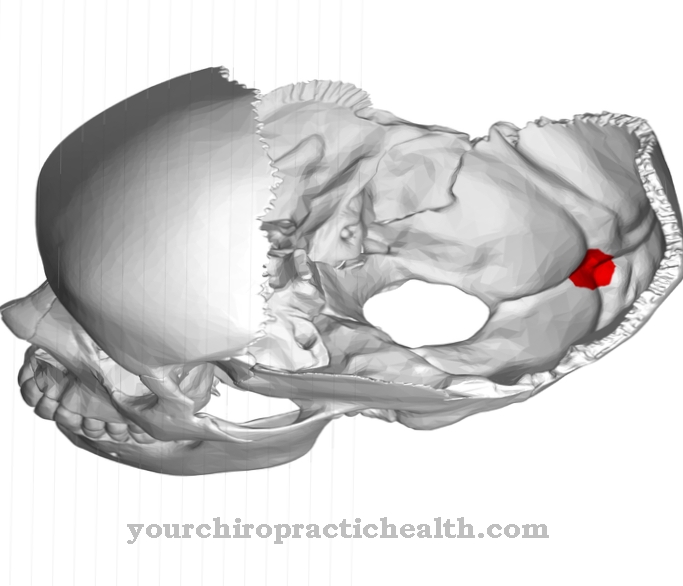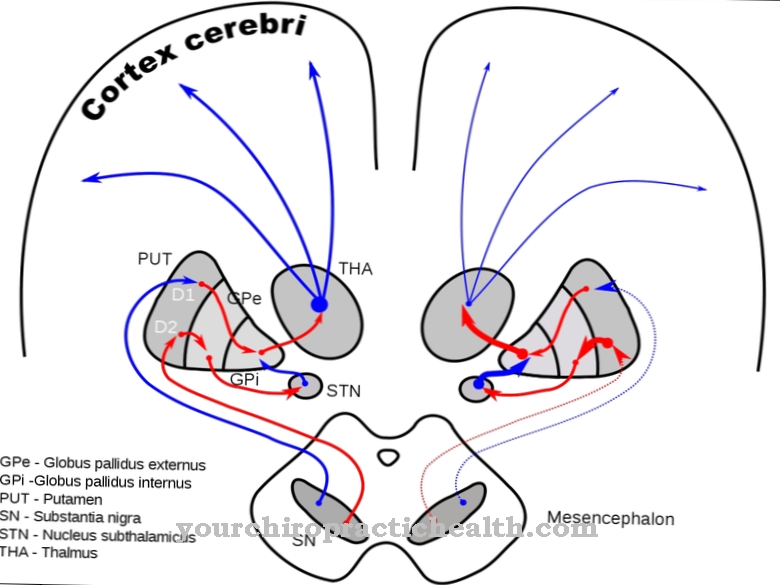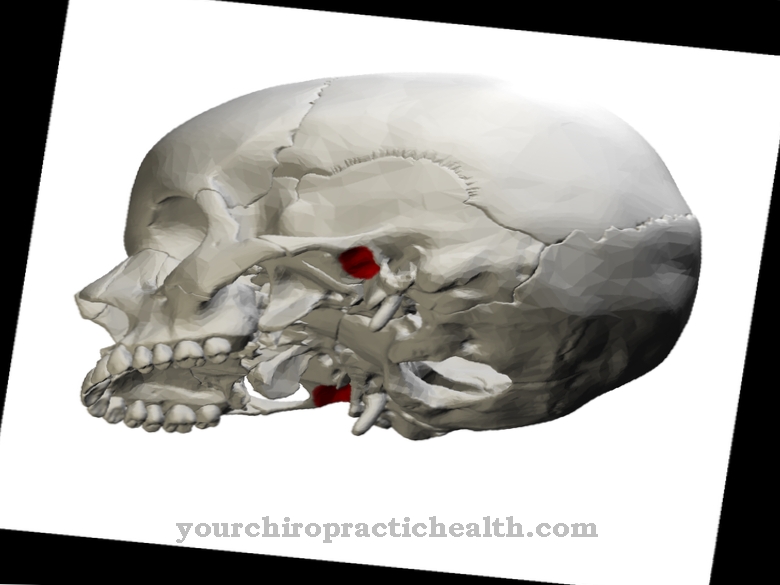The knee is the largest joint in the human body. It is composed of different parts and is therefore very complex. Its nature enables people to bend and straighten their knees and are thus significantly involved in the sequence of movements when walking. Illnesses or injuries to the knee therefore usually mean a significant restriction in movement.
What are knees

The knee is a multi-part joint that connects the thigh to the lower leg. Due to its construction, the leg can be bent and extended; without such a flexible knee joint, the human leg would be stiff.
Doctors refer to the knee as a so-called composite joint, because it consists of several different joint parts that together form the entire knee. The back of the knee is called the hollow of the knee. Nerves and blood vessels run through them.
The knee can be damaged by incorrect or permanent loads or injuries such as accidents or sports. If this damage is permanent, a surgical procedure may have to take place in order to maintain the mobility of the knee joint.
Anatomy & structure
The knee is located in the human body between the upper and lower leg. It represents the connection between the two legs and is constructed in such a way that it has a mobility of around 150 °.
Roughly speaking, the knee is made up of the thighbone, shin and kneecap. These three form the bony part of the knee. In addition, there are various muscles and ligaments inside the knee that are responsible for the mobility and stability of the joint.
The muscles are divided into extensors and flexors, among other things, depending on their task. The menisci, which are discs of cartilage between the bony joints, also promote the mobility of the knee.
Functions & tasks
The main function of the Knees lies in the already mentioned mobility, which would not exist without the special composition of the knee joint. The ligaments in and around the joint capsule in particular are involved in flexion and extension.
With their help, a mobility of up to 150 ° is achieved (depending on whether bending, stretching or turning movements are performed). A flexion puts the greatest strain on the knee with 120 ° -150 °, whereas a rotation only takes place up to 40 °. Due to its nature, the knee joint is also referred to as a rotary hinge joint. The different components of the knee again fulfill special tasks that support the function of the entire knee joint.
The ligaments serve to stabilize the knee, for example, while the menisci represent a "connection" between the bony parts and increase mobility. The function of the kneecap is to increase leverage while decreasing the resistance that arises when the tendons slide over the bone during movements.
Diseases
Since that knee In itself a rather unstable structure and is involved in all walking, jumping and running movements, it is not uncommon for damage or illnesses in this area to occur. Torn ligaments, breaks, dislocations or tears of the meniscus are relatively common, especially in athletes. They arise as a result of excessive, permanent stress or accidents.
The chances of recovery depend on the type of injury and of course also on the treatment and the individual assistance of the patient. For example, dislocations rarely heal completely, as the ligaments involved are often irreparably damaged. However, not only athletes run the risk of damaging their knees. Joint wear in the knee is mostly caused solely by the natural aging process. It manifests itself as pain when walking or stretching or bending the knee.
Inflammations in the knee joint or in the associated bursa are caused by spontaneous overload or by open wounds that lead to an infection. While external injuries in the knee area do not necessarily have to be treated by a doctor, a visit to a doctor is generally advisable in the event of illnesses or problems inside. In this way permanent damage can be prevented and the mobility of the knee can be maintained over the long term.
Typical & common diseases
- Osteoarthritis of the knee
- Knee pain
- Collateral ligament tear on the knee
- Cruciate ligament tear
- Runner's knee (iliotibial band syndrome)













.jpg)

.jpg)
.jpg)











.jpg)